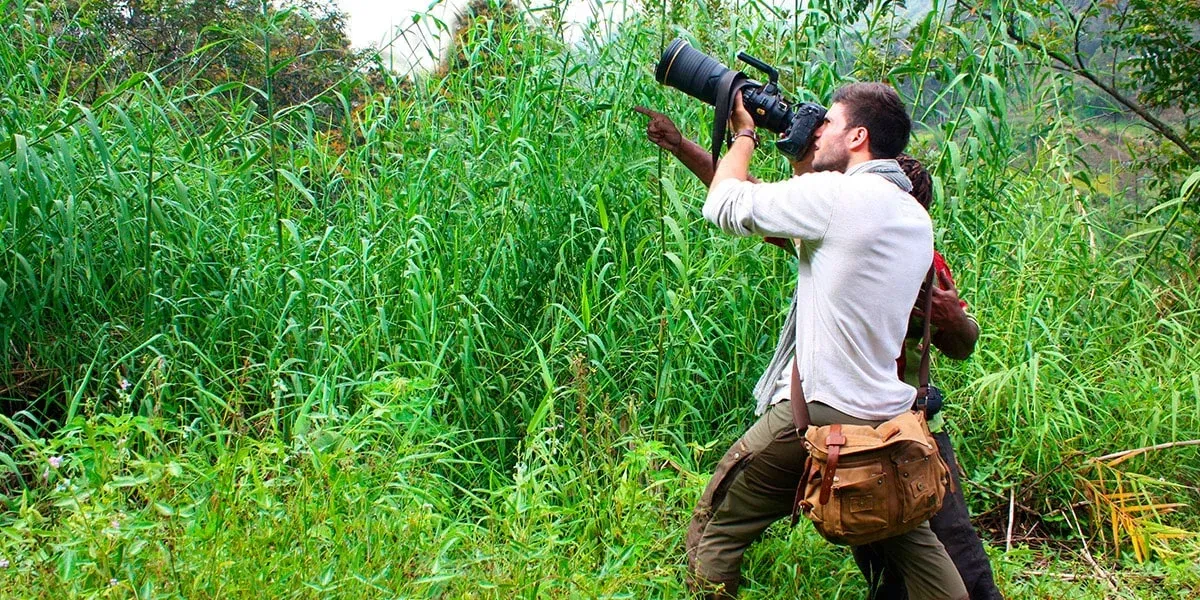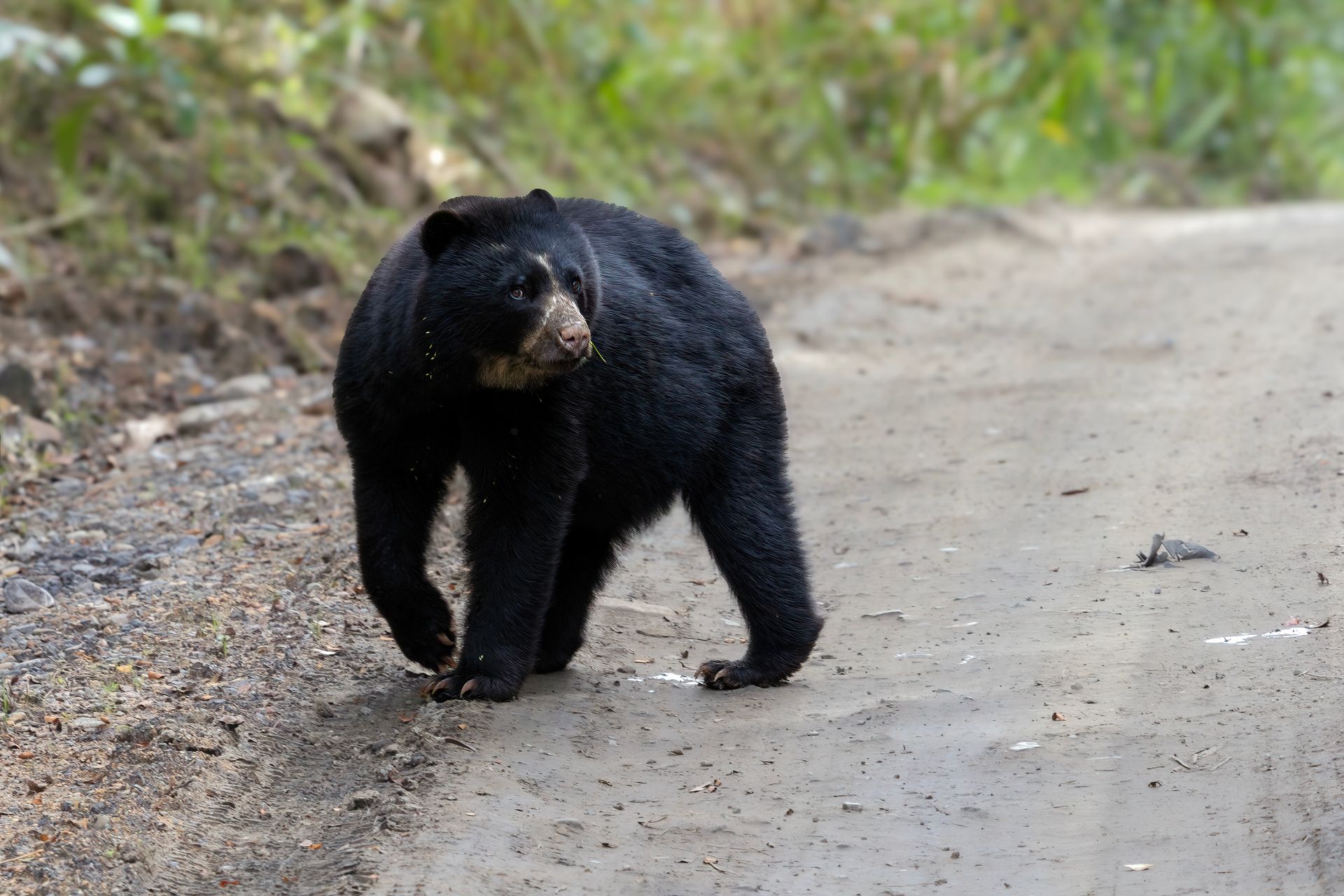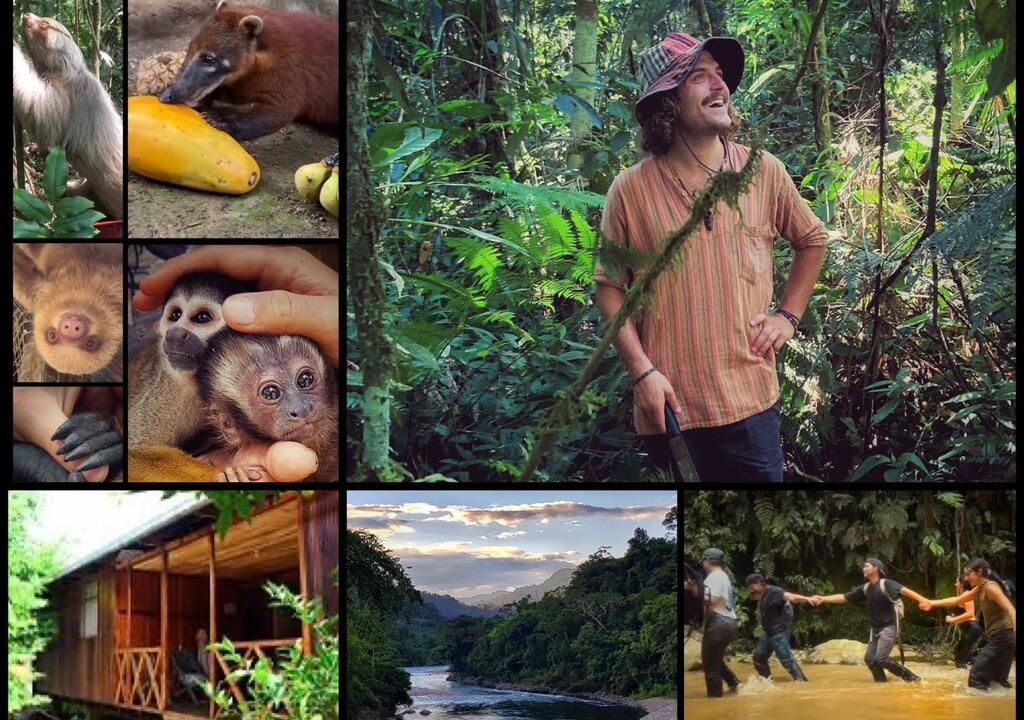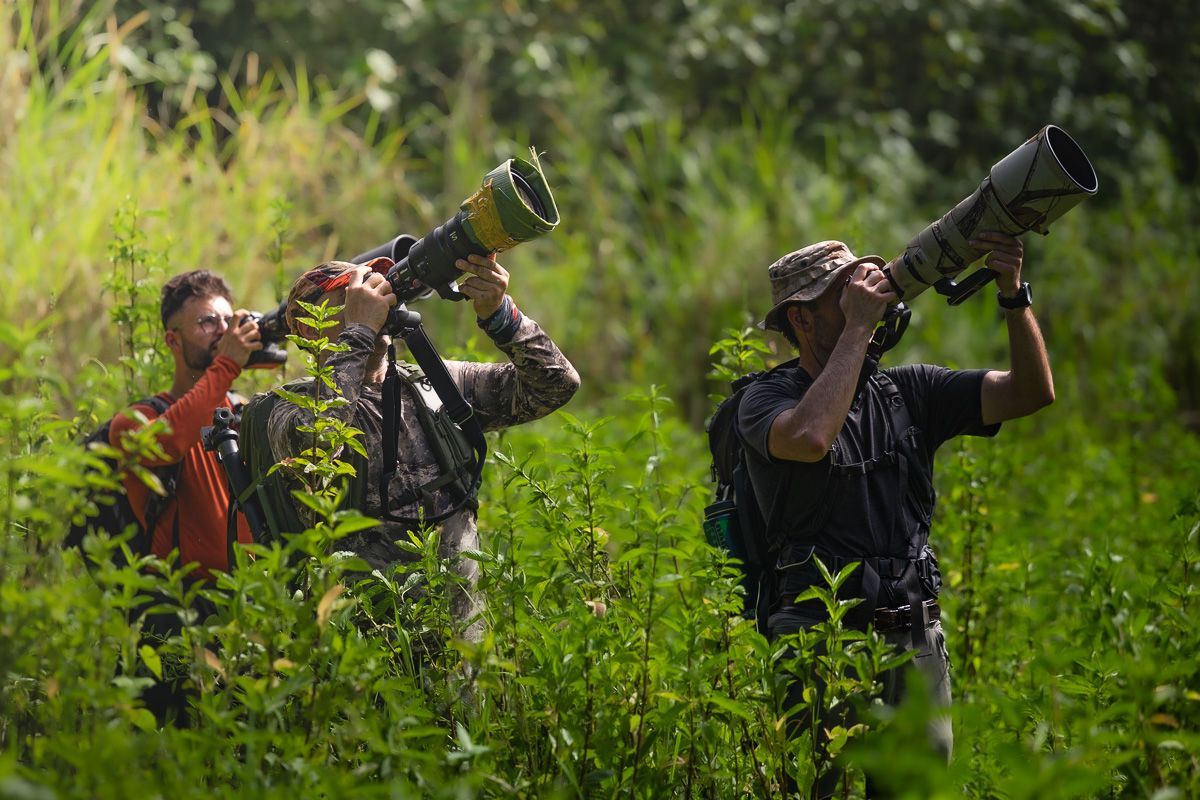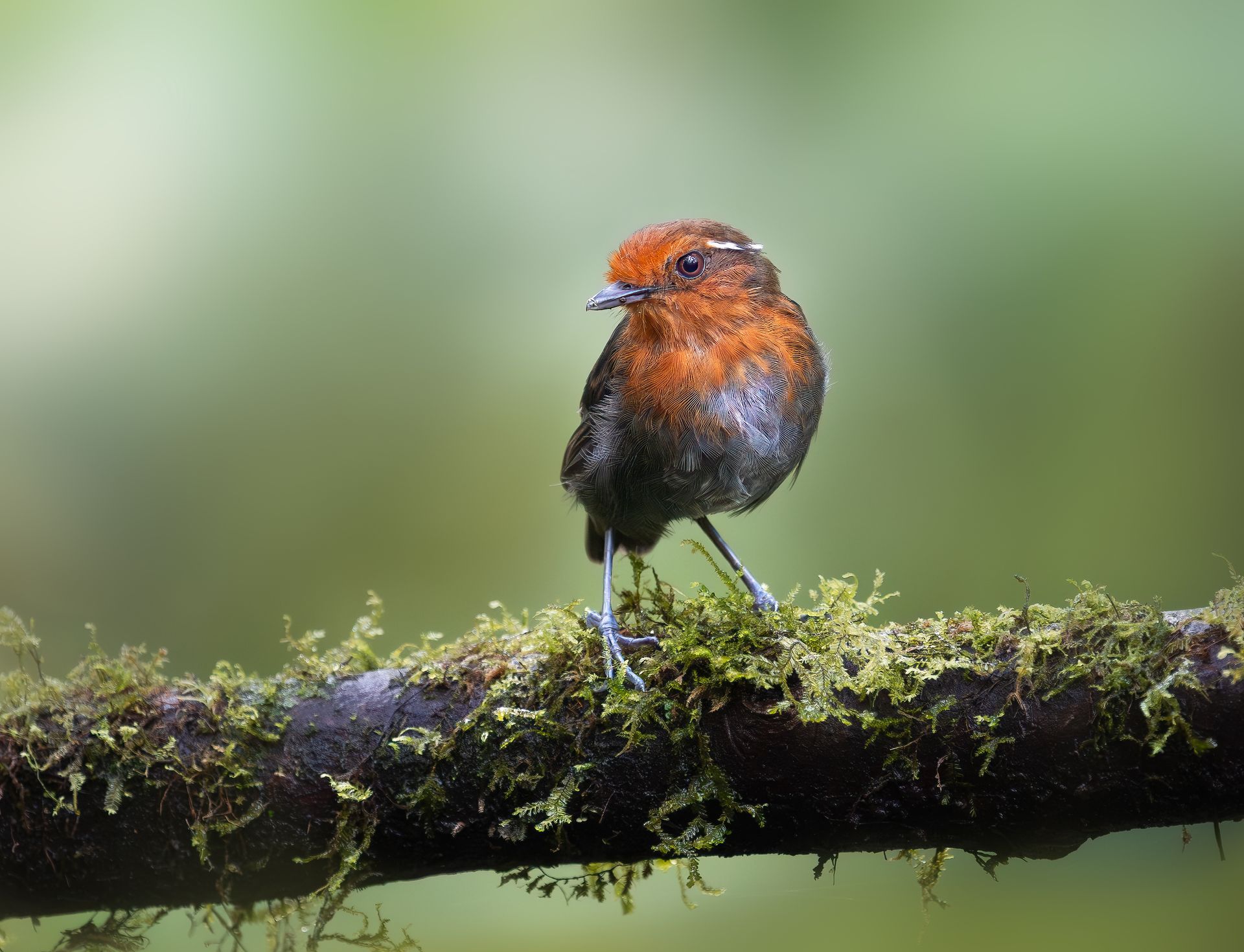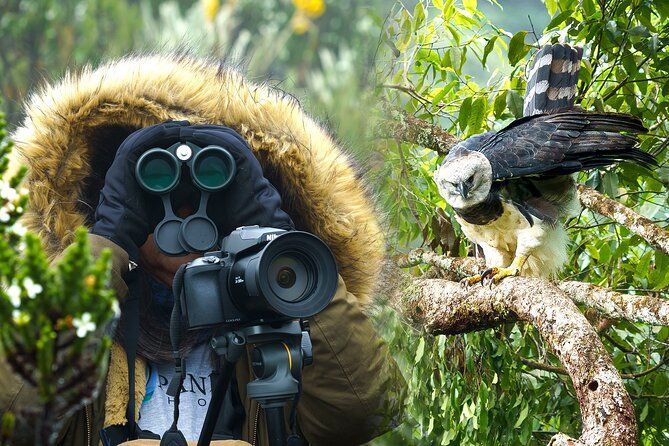Meeting Local Communities Through Photography Tours
Photography is often thought of as a visual art — capturing light, color, and shapes. But when you take a deeper look, the most powerful images don’t just reflect the scenery; they reveal people’s lives, cultures, and stories. That’s what happens when you travel with your camera in hand and your heart open.
In Colombia, one of the most diverse and welcoming countries in South America, a photography tour can become so much more than a trip. It can be a genuine exchange between you and the people who make this country so special. At Retorno Photo Tours, we believe that meeting local communities is one of the most rewarding ways to grow as a photographer and as a traveler.
Why Photographers Should Prioritize Personal Connections
When most people imagine a photography tour, they often picture sweeping mountain views, lush rainforests, or colorful street scenes. But some of the most moving and memorable photos come from close encounters — from capturing the warmth of someone’s smile, the rhythm of everyday life, or the hands of an artisan creating a beautiful craft.
Meeting local people allows you to:
- Capture authentic, candid portraits that show their spirit and character.
- Photograph traditional practices, crafts, and skills that have been passed down through generations.
- See places off the beaten path — guided by someone who truly knows the region.
- Develop your storytelling style, going beyond simple travel shots.
When you get to know the person behind the image, you add depth to your photos that can’t be achieved any other way.
Cultural Immersion Across Colombia’s Regions
One of the most wonderful aspects of traveling through Colombia is discovering just how diverse the country is. Every region feels like a different world — and meeting locals is the best way to appreciate these differences.
The Coffee Triangle
In this fertile green region, smallholder coffee farmers take great pride in their crops. Visiting a family-run finca offers a glimpse into daily life — watching hands sort beans, hearing the gentle sound of the coffee grinder, and sharing a warm cup of tinto at sunrise. Photographs from these encounters tell stories of tradition, hard work, and dedication that you can feel long after you leave.
The Caribbean Coast
Along the coast, the mood is vibrant and joyful. Communities in places like Palenque de San Basilio or villages near Cartagena come alive with color, dance, and music. Photographing here means moving with the rhythm of cumbia or champeta dancers, capturing broad smiles and colorful dresses swirling in motion — an experience filled with energy and laughter.
The Andean Highlands
In the cooler Andes, you’ll find Indigenous and mestizo communities keeping their ancestral traditions alive. Visiting local markets and festivals can give you a window into their culture: women weaving traditional ruanas, elders sharing folk tales, and children chasing kites through cobblestone streets. These moments offer photographers rich compositions and heartfelt stories all at once.
How to Approach Communities with Respect
Photography is a powerful tool for connection — but it must be handled with care and sensitivity. When entering someone’s space and culture as a guest, always put respect first:
- Take your time to introduce yourself.
Say hello, smile, and chat before you take out your camera. Even if you don’t speak Spanish fluently, simple words like “hola,” “gracias,” and “puedo tomar una foto?” go a long way. - Ask for permission.
A nod or “sí” can help you photograph with a clear conscience. People appreciate being seen as individuals, not just subjects. - Give back.
Sharing a print, buying local crafts, or hiring a local guide are small but meaningful ways to support the communities you visit. - Avoid disruptive behavior.
Keep your gear minimal, don’t force anyone to pose, and never wander into private spaces without an invitation.
When you do these things, you not only get better photos — you make real connections.
Going Beyond Stereotypes: Photographing Real Life
Some visitors to Colombia arrive with fixed images in their minds — salsa dancers, coffee pickers, Indigenous shamans. But truly meeting communities reveals a richer story. Farmers talk about their favorite soccer teams, kids play with phones as well as traditional toys, and older generations pass on wisdom in small, quiet ways.
Your photos can go beyond clichés by:
- Capturing candid, unposed moments.
- Focusing on everyday scenes as much as big festivals.
- Showing people as they want to be seen — proud, modern, and diverse.
When you embrace these realities, your photos will reflect Colombia’s humanity and complexity.
Why Travel with Retorno Photo Tours?
At Retorno Photo Tours, we specialize in bringing photographers into authentic contact with Colombian communities. Our experienced guides and local hosts help you navigate cultural interactions comfortably and respectfully, so you can focus on creating meaningful images.
When you join one of our tours:
- You’ll visit places most tourists never see.
- You’ll have dedicated time to practice portrait and street photography.
- Our guides will introduce you to local families, farmers, musicians, and artisans.
- Every trip is designed with sustainability and respect for local traditions.
Your camera will not just record images — it will open doors to new friendships, understanding, and a deeper appreciation for Colombian culture.
Final Thoughts
Meeting local communities is one of the most enriching aspects of travel. Photography allows you to slow down, look closely, and truly appreciate the spirit of a place. In Colombia — a country full of warmth, tradition, and color — these connections make for powerful photographs and even more powerful memories.
When you travel with respect, curiosity, and compassion, every shutter click becomes part of a shared experience. Let your next trip to Colombia not just be about the shots you take, but the people you meet along the way.




